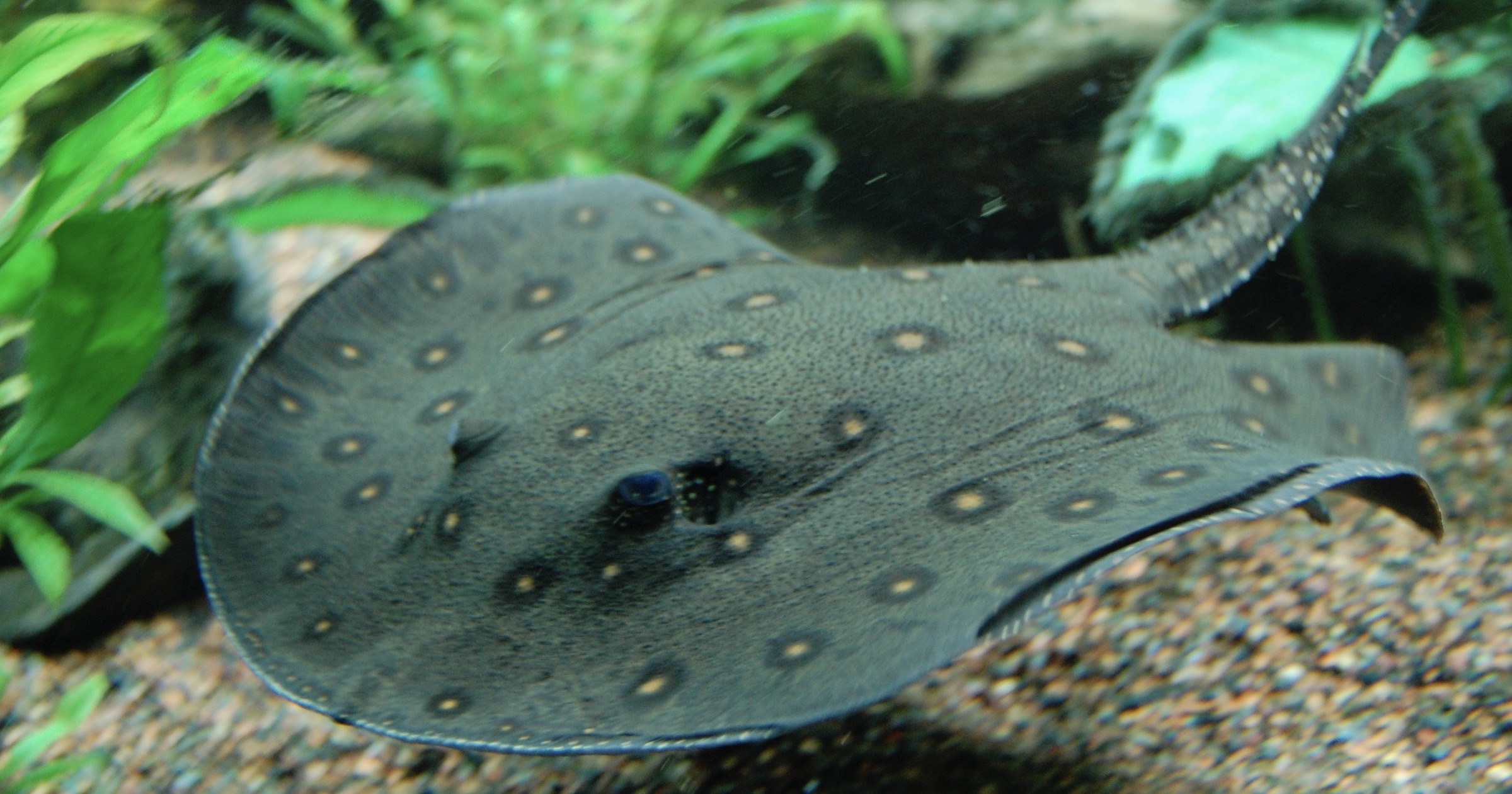 Intelligent Design
Intelligent Design
 Neuroscience & Mind
Neuroscience & Mind
Did Researchers Teach Fish to “Do Math”?

University of Bonn researchers think that they may have taught fish to count. They tested the fact that many life forms can note the difference in small quantities between “one more” and “one less,” at least up to five items, on fish. Not much work had been done on fish in this area so they decided to test eight freshwater stingrays and eight cichlids:
All of the fish were taught to recognize blue as corresponding to “more” and yellow to “less.” The fish or stingrays entered an experimental arena where they saw a test stimulus: a card showing a set of geometric shapes (square, circle, triangle) in either yellow or blue. In a separate compartment of the tank, the fish were then presented with a choice stimulus: two gates showing different numbers of shapes in the same color. When the fish were presented with blue shapes, they were supposed to swim toward the gate with one more shape than the test stimulus image. When presented yellow shapes, the animals were supposed to choose the gate with one less. Correct choices were rewarded with a food pellet. Three of the eight stingrays and six cichlids successfully learned to complete this task.
SOPHIE FESSL, “SCIENTISTS FIND THAT TWO SPECIES CAN BE TRAINED TO DISTINGUISH QUANTITIES THAT VARY BY ONE.” AT THE SCIENTIST(MARCH 31, 2022) THE PAPER IS OPEN ACCESS.
“The Problem Is the Interpretation”
But were the fish really counting?
Rafael Núñez, a cognitive scientist at the University of California, San Diego, who was not involved in the study, regards the study as “well conducted,” adding that “the problem is the interpretation.” For him, the paper provides information about what he termed “quantical cognition” — the ability to differentiate between quantities — in a 2017 paper. According to Núñez, arithmetic or counting doesn’t have to be invoked to explain the results in the present paper. “I could explain this result by . . . a fish or stingray having the perceptual ability to discriminate quantities: in this case, this will be to learn how to pick, in the case of blue, the most similar but more, and in the case of yellow, the most similar but less. There’s no arithmetic here, just more and less and similar.”
SOPHIE FESSL, “SCIENTISTS FIND THAT TWO SPECIES CAN BE TRAINED TO DISTINGUISH QUANTITIES THAT VARY BY ONE.” AT THE SCIENTIST(MARCH 31, 2022) THE PAPER IS OPEN ACCESS.
Infants, Fish, and Bees
The problem, as Núñez says, is with interpretation. Animal cognition researcher Silke Goebel points out that many life forms can distinguish between “more” and “less” in large numbers. Researchers have also found that, so far, infants, fish, and bees can recognize changes in number between 1 and 3. But they don’t get much beyond that.
To say seriously that fish “do math” would, of course, be misleading. Mathematics is an abstract enterprise. The same operations that work for single digits work for arbitrarily large numbers. It is possible to calculate using infinite (hyperreal) numbers. There are imaginary numbers,unexplained/unexplainable numbers, and at least one unknowable number. But we are stepping out into territory here that will not get a fish its food pellet.
Still, it’s a remarkable discovery that many life forms can manipulate quantities in a practical way. Here are some other recent highlights.
Read the rest at Mind Matters News, published by Discovery Institute’s Bradley Center for Natural and Artificial Intelligence.
